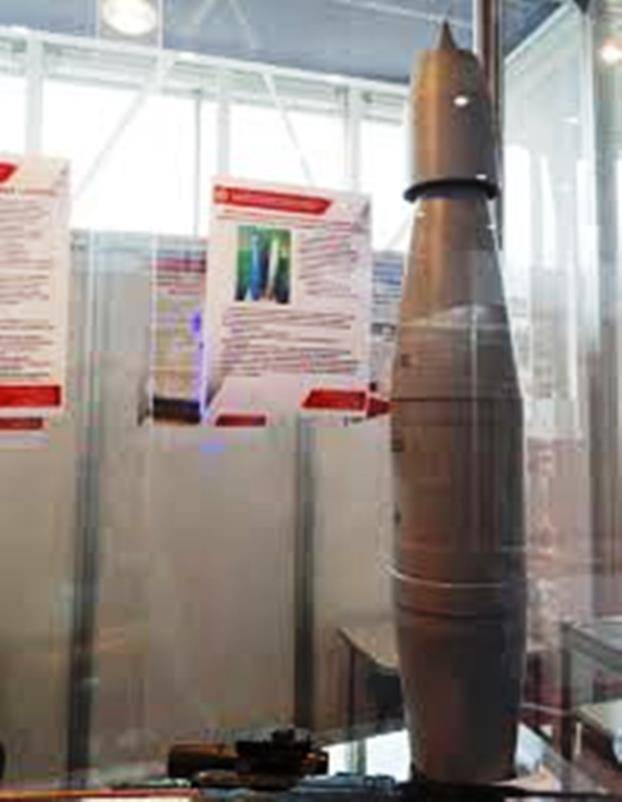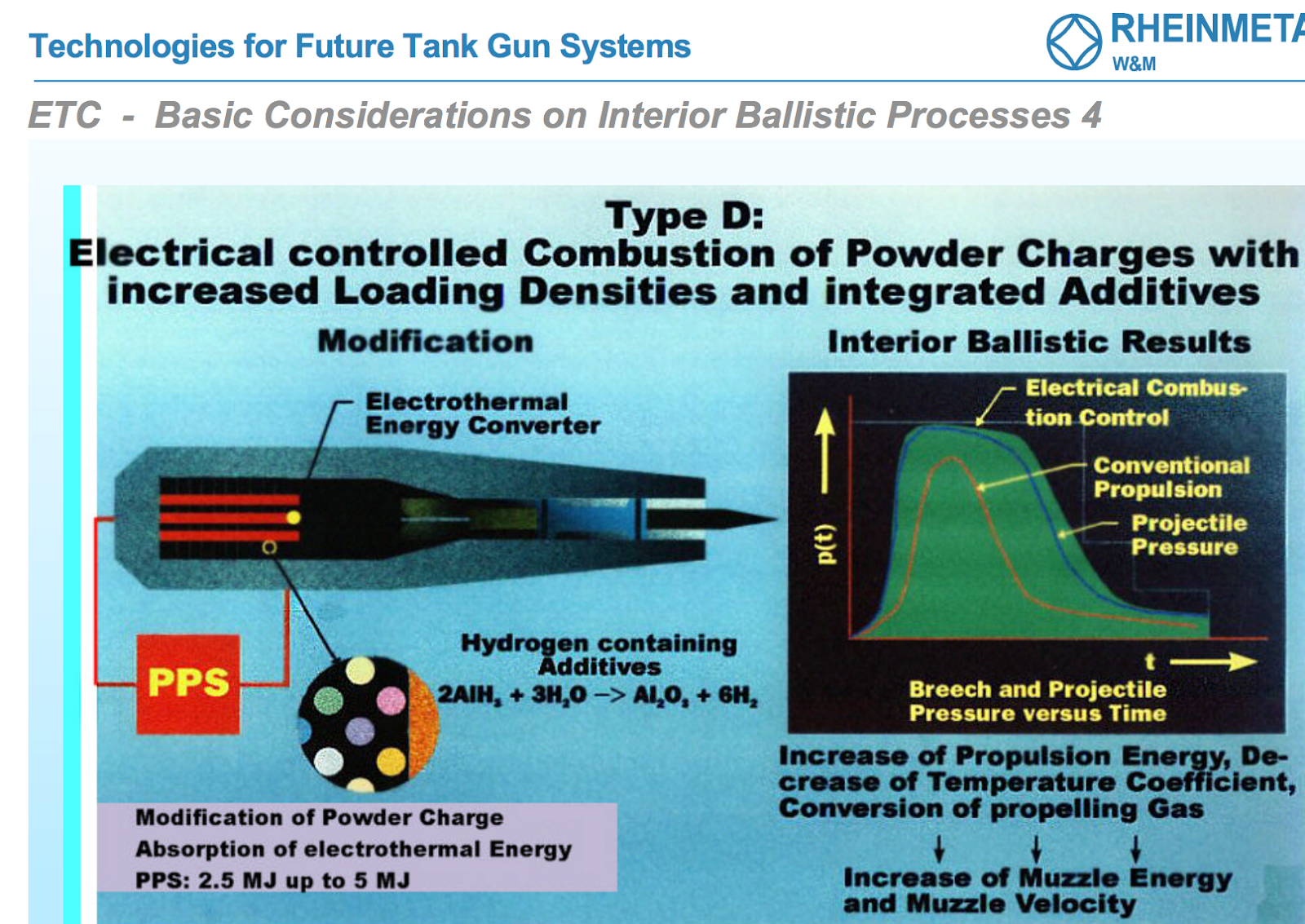Which will be considerably more costly/lower in number & more of a problem to lose.For anything else there will be the tracked and (heavy) wheeled versions.
Cheap & cheerful light truck version can get really high mobility at pretty low cost.

 Re: 2S35 Koalitsiya-SV 152mm
Re: 2S35 Koalitsiya-SV 152mmWhich will be considerably more costly/lower in number & more of a problem to lose.For anything else there will be the tracked and (heavy) wheeled versions.
 Re: 2S35 Koalitsiya-SV 152mm
Re: 2S35 Koalitsiya-SV 152mm Re: 2S35 Koalitsiya-SV 152mm
Re: 2S35 Koalitsiya-SV 152mm Re: 2S35 Koalitsiya-SV 152mm
Re: 2S35 Koalitsiya-SV 152mmflamming_python wrote:hoom wrote:Personally I'd rather they develop a light truck mount.
Something like this
or
is not much heavier than a conventional mount but able to shoot & scoot much more rapidly.
The whole point is that you can sling it with a Mi-17 or something up an elevation. Invaluable for mountain brigades and divisions.
Or attach it to some trucks or tracked vehicles, or even horses - and tow it to somewhere less accessible for heavier, self-propelled artillery vehicles
From the description it sounds like an analogue of the US M777
Given that the max load for a Mi-17 sling is 4.5 tons; they'll have to make sure that this Koalitsiya towed-gun weighs no more than that. Probably a good bit less actually; if they want to carry it into higher altitudes as well as the crew and supporting equipment in the same chopper.

 Re: 2S35 Koalitsiya-SV 152mm
Re: 2S35 Koalitsiya-SV 152mmWell yeah it is actually lighter than I was remembering.This is exactly like the systems in your pics. It has just greater range, more ammo and at least the same level of mobility.
 Re: 2S35 Koalitsiya-SV 152mm
Re: 2S35 Koalitsiya-SV 152mmPersonally I'd rather they develop a light truck mount.
is not much heavier than a conventional mount but able to shoot & scoot much more rapidly.
Given that the max load for a Mi-17 sling is 4.5 tons; they'll have to make sure that this Koalitsiya towed-gun weighs no more than that. Probably a good bit less actually; if they want to carry it into higher altitudes as well as the crew and supporting equipment in the same chopper.
Which will be considerably more costly/lower in number & more of a problem to lose.
Cheap & cheerful light truck version can get really high mobility at pretty low cost.
This is exactly like the systems in your pics. It has just greater range, more ammo and at least the same level of mobility.
They can just fly the main gun, a crank-jack on wheels, and the ammo with a trailer separately.

 Re: 2S35 Koalitsiya-SV 152mm
Re: 2S35 Koalitsiya-SV 152mm Re: 2S35 Koalitsiya-SV 152mm
Re: 2S35 Koalitsiya-SV 152mm
 Re: 2S35 Koalitsiya-SV 152mm
Re: 2S35 Koalitsiya-SV 152mmHis point being the major advantage of Koalition being the RoF from autoloader will be lost doing that.Regarding the propellent... propellant bags are the traditional solution... after ramming the projectile in you load the propellant bags... calculated when you process the target data, so the number of individual propellant bags loaded is determined and then loaded into the gun manually...
 Re: 2S35 Koalitsiya-SV 152mm
Re: 2S35 Koalitsiya-SV 152mm Re: 2S35 Koalitsiya-SV 152mm
Re: 2S35 Koalitsiya-SV 152mm Re: 2S35 Koalitsiya-SV 152mm
Re: 2S35 Koalitsiya-SV 152mmdino00 wrote:"Coalition-SV" on trial set a record for range
New interspecific artillery complex "Coalition-SV" during the tests confirmed the possibility of firing at a greater range. This was reported by Interfax, citing an informed source.
“Goals can be hit at ranges up to 80 km,” he said.
https://tvzvezda.ru/news/opk/content/201901031335-8ca1.htm




 Re: 2S35 Koalitsiya-SV 152mm
Re: 2S35 Koalitsiya-SV 152mmGunshipDemocracy wrote:dino00 wrote:"Coalition-SV" on trial set a record for range
New interspecific artillery complex "Coalition-SV" during the tests confirmed the possibility of firing at a greater range. This was reported by Interfax, citing an informed source.
“Goals can be hit at ranges up to 80 km,” he said.
https://tvzvezda.ru/news/opk/content/201901031335-8ca1.htm
let me guess those ramjet ammo is going into series


 Re: 2S35 Koalitsiya-SV 152mm
Re: 2S35 Koalitsiya-SV 152mmmagnumcromagnon wrote:
That was probably with standard ammo. The Federation has already developed ramjet technology with shells, however this was most likely done with a standard shell aided by Koalitsya's new gun tech. Brand new barrel and rifling, but more importantly microwave ignition for doubling the range of shells from Msta-B to Koalitsya. Standard ignition of the propellant is at a hypersonic speed (roughly Mach 5-6) which seems fast to us humans, but in reality isn't fast enough to ignite the propellant completely, cleanly and uniformly, which leaves a uneven ignition of propellant thus a subsequent loss of range. However microwave ignition is different because microwaves are emitted at light-speed, which allows the entirety of propellant to ignite simultaneously, making a much cleaner and uniform ignition thus the subsequent result is greater range of the artillery shell.
 Re: 2S35 Koalitsiya-SV 152mm
Re: 2S35 Koalitsiya-SV 152mm
 Re: 2S35 Koalitsiya-SV 152mm
Re: 2S35 Koalitsiya-SV 152mmJohninMK wrote:A new photo of the wheeled version of the 2S35 Koalitsiya-SV, the 2S35-1 Koalitsiya-SV-KSh on a 6x6 KAMAZ-6560 chassis, was published. https://grau.informost.ru/2018/pdf/part1/20.pdf?fbclid=IwAR2oLt9ESnmbuxPpMehMZxGf8iEYwPfrbsYYOq6q0fhYXt8gCp9u77Zj_0U …
............
 Re: 2S35 Koalitsiya-SV 152mm
Re: 2S35 Koalitsiya-SV 152mmhigurashihougi wrote: Pls forgive my ignorance and allow me to ask this question, I thought slow ignition is more preferable for propellant, since it allow the pressure to be slowly released and gradually increased, which reduce the risk and damage for the gun barrel. People change from black powder to brown powder and to Nobel powder just for the powder to burn slowly, isn't it




 Re: 2S35 Koalitsiya-SV 152mm
Re: 2S35 Koalitsiya-SV 152mmPls forgive my ignorance and allow me to ask this question, I thought slow ignition is more preferable for propellant, since it allow the pressure to be slowly released and gradually increased, which reduce the risk and damage for the gun barrel. People change from black powder to brown powder and to Nobel powder just for the powder to burn slowly, isn't it
 Re: 2S35 Koalitsiya-SV 152mm
Re: 2S35 Koalitsiya-SV 152mm Re: 2S35 Koalitsiya-SV 152mm
Re: 2S35 Koalitsiya-SV 152mm Re: 2S35 Koalitsiya-SV 152mm
Re: 2S35 Koalitsiya-SV 152mmGarryB wrote:My understanding of the reasons for the shift from the original twin gun configuration to the single gun layout was that the turret could be made much smaller and simpler with only one gun and the loss of rate of fire could be solved very simply by using two guns (ie two vehicles). The fact is that these guns don't operate on their own and the rate of fire of the new single gun system is significantly better than the previous weapon so doubling it seems a bit redundant.
The extra complication of two guns is based around the double feed system that allows the guns to each fire one of two types of ammo at the flick of a switch, so you might have guided shells and normal shells loaded for each gun... the thing is that the new fuses include cheap guidance systems in them so missiles like the Krasnopol become rather less in demand as most targets will be engaged with standard rounds.
By removing one barrel you remove two separate ammo feed channels and simplify the ammo storage arrangements that previously had to be fed by four automatic loading systems that kept the two loading trays for each gun topped up and ready to load.
The reduction in weight and size was important in terms of transport in aircraft and rail... the loss of rate of fire was not critical as long as the first few rounds hit the target any extra rounds are redundant.
I have read a few different things for the gun... over 20 rounds a minute for the naval twin gun model, but about 14 rounds per minute for the single barrel ground model...
Now if you assume 14 rounds a minute and that there will be 6 guns firing on the same target, and of course the fact that these are not ancient cannon, but modern guns with variable propellent and ballistic computers that allow these guns to fire at different elevations with different propellent charges so that it can fire probably 8-10 rounds per gun that all land on the same target at one time... then you have to ask yourself why you need a second gun per vehicle...
At 14 rounds per minute that is one round every 4.2 seconds so in 42 seconds time you fire 10 rounds... and so do the 5 other vehicles you are operating with... so 60 rounds landing on one target all at once... at about 45kgs each that is 2.7 tons of HE and steel fragments landing on or around one target over a period of perhaps 1-2 seconds.... would it really be worth the cost and complication of adding an extra barrel to each of those vehicles to get slightly more ammo on target?
 Re: 2S35 Koalitsiya-SV 152mm
Re: 2S35 Koalitsiya-SV 152mm Re: 2S35 Koalitsiya-SV 152mm
Re: 2S35 Koalitsiya-SV 152mm Re: 2S35 Koalitsiya-SV 152mm
Re: 2S35 Koalitsiya-SV 152mmCurrently, the Armed the forces of the Russian Federation have some artillery systems whose shells, when shooting at maximum range, reach great heights. Of the flight trajectory can be found in the upper layers of the stratosphere where the air is very tenuous and its resistance is minimal. This factor has a positive effect on the range. With such systems, the shells of which overlook the stratospheric heights today are Coalition-SV AND 2c7m Malka. According to domestic and foreign experts, it is planned to within three years to complete the development of long-range high-precision artillery ammunition (DVAB) with a range of up to 170 km.
Page 8-9:
http://opp.gp-media.ru/images/nomera/OPP_4-19.pdf
 Re: 2S35 Koalitsiya-SV 152mm
Re: 2S35 Koalitsiya-SV 152mm